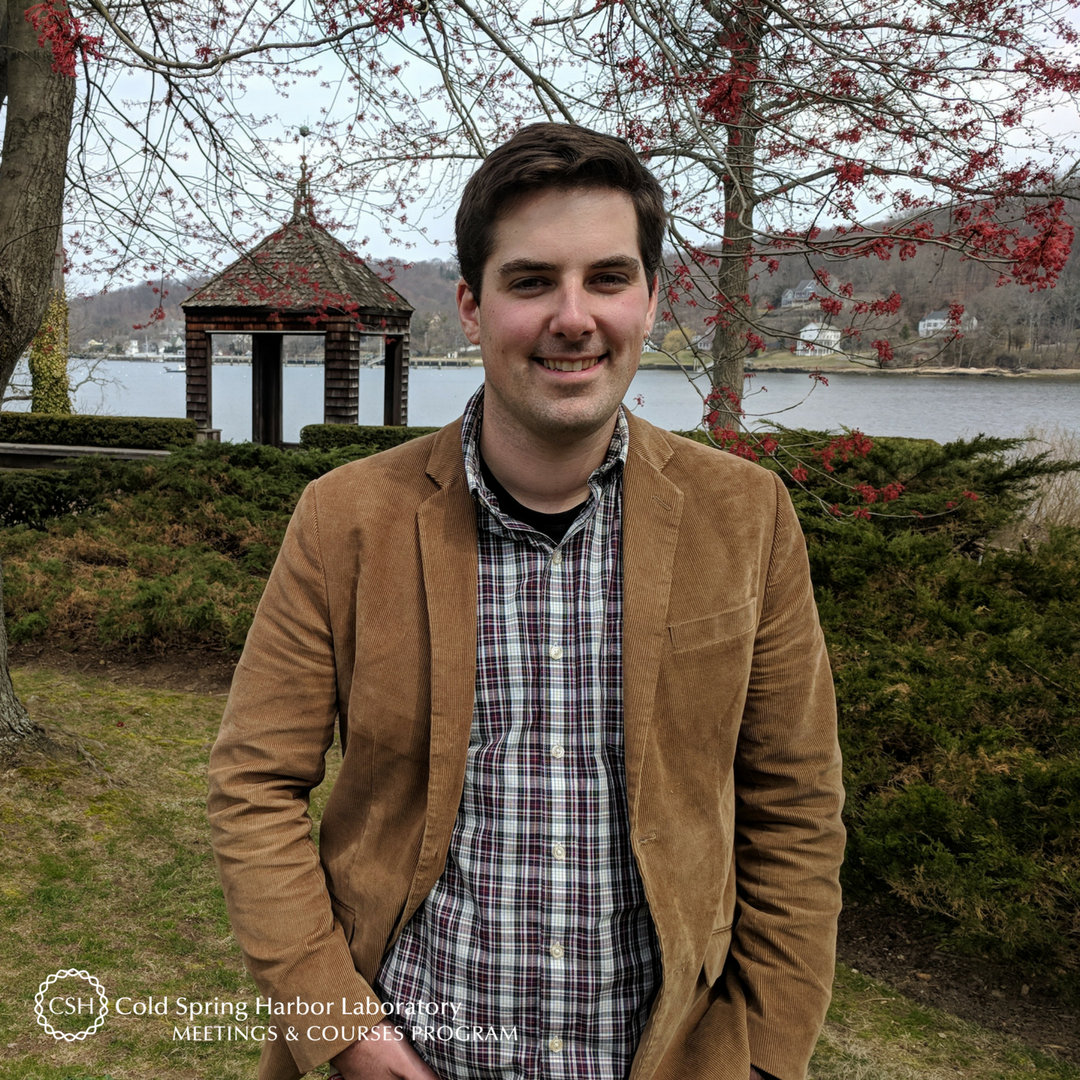Meet Archie Reyes of the University of Buffalo. The Filipino national is a postdoctoral fellow in John Richard’s lab in the Department of Chemistry. Archie recently made his inaugural trip to CSHL to attend Expression, Purification & Analysis of Proteins & Protein Complexes, and he already has his eyes set on two other courses.
What are your research interests? What are you working on?
I am interested in enzymes and their modes of action; and studying the general mechanisms on how they provide rate acceleration on several biological processes.
How did you decide to make this the focus of your research?
While taking my master’s degree, I became really interested in organic reaction mechanisms and protein structure and function and, upon earning my degree, I was sure that I wanted to work in both fields. I realized that the best way to that was to study enzymes – nature’s biological catalysts.
How did your scientific journey begin?
I have really loved science since I was a kid. It has always been my favorite subject, and I enjoy learning through experiments. My high school chemistry teacher inspired me to start a career in science, specifically in biochemistry.
Was there something specific about the Expression, Purification & Analysis of Protein & Protein Complexes course that drew you to apply?
There are three reasons why I applied to the course: 1) Learn about other protein expression systems, such as insect and mammalian cells; 2) Be more engaged in proteomics; and 3) Expand my skills in protein purification focusing on protein-affinity tags, as this would help me address our research lab’s need for scaled-up enzyme preparations.
What and/or how will you apply what you've learned from the course to your work?
I received a lot of help and suggestions from my course instructors and course mates, especially on choosing a more suitable expression system for my enzyme of interest and the appropriate protein-affinity tag to improve the purity of my enzyme preparation.
What is your key takeaway from the course?
There is so much to learn on purifying and analyzing proteins, and how they interact with other biomolecules. It is important to be familiar with protein biochemisty as it is not just a field of study but also a tool for advancing all life sciences.
How many CSHL courses have you attended?
This is my first time attending a CSHL course, and I am interested in attending either this fall’s X-Ray Methods in Structural Biology or next year’s Cryoelectron Microscopy course.
If someone curious in this course asked you for feedback or advice on it, what would you tell him/her?
CSHL is the best place to learn and obtain new scientific skills in the field of life sciences. If given the chance, I would attend a course from this institution once or twice a year.
What do you like most about your time at CSHL?
I love taking pictures and was able to squeeze in some time to photograph the historically picturesque CSHL! I would love to come back during the fall season to see the institution’s majestic foliage colors.
Archie received a scholarship from the National Cancer Institute (NCI) to cover a portion of his course tuition. On behalf of Archie, thank you to NCI for supporting and enabling our young scientists to attend a CSHL course where they expand their skills, knowledge, and network.
Thank you to Archie for being this week's featured visitor. To meet other featured scientists - and discover the wide range of science that takes part in a CSHL meeting or course - go here.






